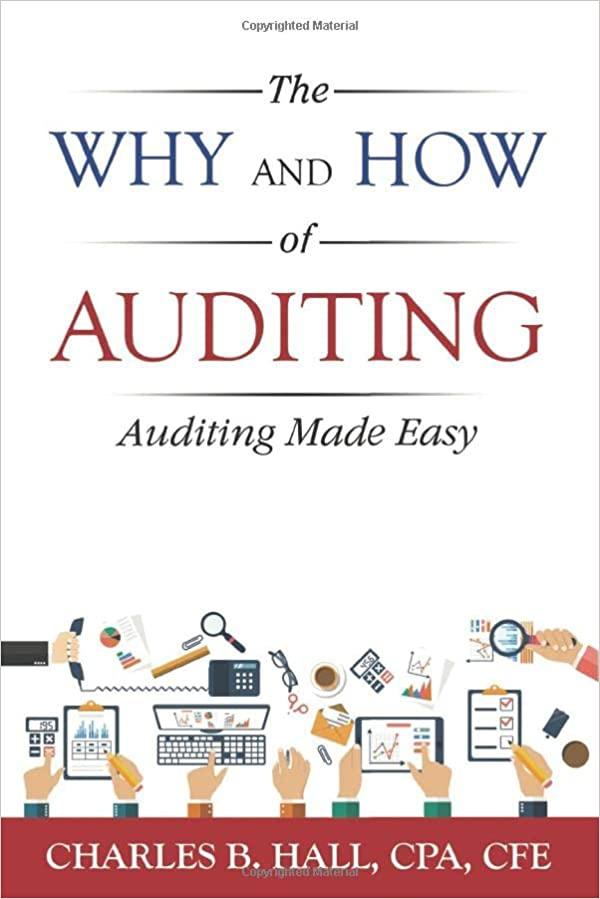Answered step by step
Verified Expert Solution
Question
1 Approved Answer
Hi! I want a detailed calculation step of Part a1, and how to show work for b, because when I review these questions today I



Hi! I want a detailed calculation step of Part a1, and how to show work for b, because when I review these questions today I sudden discovered that I am not able to calculate data to match the one's I calculated before. Thank you!
*Problem 9-4 (Part Level Submission) The following financial information is for Sheridan Company. SHERIDAN COMPANY Balance Sheets December 31 Assets 2017 2016 Cash $ 72,000 $ 64,000 Debt investments (short-term) 54,000 42,000 Accounts receivable 104,000 91,000 Inventory 230,000 165,000 Prepaid expenses 22,000 25,000 Land 134,000 134,000 Building and equipment (net) 261,000 189,000 Total assets $877,000 $710,000 Liabilities and Stockholders' Equity Notes payable $171,000 $108,000 Accounts payable 65,000 50,000 Accrued liabilities 41,000 41,000 Bonds payable, due 2020 249,000 172,000 Common stock, $10 par 207,000 207,000 Retained earnings 144,000 132,000 Total liabilities and stockholders' equity $877,000 $710,000 SHERIDAN COMPANY Income Statements For the Years Ended December 31 2017 2016 Sales revenue $896,000 $796,000 Cost of goods sold 648,000 574,000 Gross profit 248,000 222,000 Operating expenses 189,000 165,000 Net income $ 59,000 $ 57,000 Additional information: 1. Inventory at the beginning of 2016 was $115,000. 2. Accounts receivable (net) at the beginning of 2016 were $88,000. 3. Total assets at the beginning of 2016 were $639,000. 4. No common stock transactions occurred during 2016 or 2017. 5. All sales were on account. Your answer is correct. Compute the liquidity and profitability ratios of Sheridan Company for 2016 and 2017. (Round current ratio, earnings per share and asset turnover to 2 decimal places, e.g 1.83 and all other answers to 1 decimal place, e.g. 1.8 or 1.8%. If % change is a decrease show the numbers as negative, e.g. -1.83% or (1.83%).) 2017 2016 % Change LIQUIDITY Current ratio Accounts receivables turnover Inventory turnover 3.28 times 4.07 times T-10.3% 1.74 :1 71.94 : 1 19.19 times 78.89 times 719.4% 2017 2016 % Change PROFITABILITY Profit margin 16.58% 77.16 % Asset turnover 71.13 times T1.19 times 78.31% F4.2% T-12.9% Return on assets 17.44 % 8.43 % Earnings per share $2.85 $2.75 3.63% Your answer is partially correct. Try again. The following are three independent situations and a ratio that may be affected. For each situation, compute the affected ratio (1) as of December 31, 2017, and (2) as of December 31, 2018, after giving effect to the situation. (Round all answers to 1 decimal places, e.g. 1.8 or 1.8%. If % change is a decrease show the numbers as negative, e.g. -1.83% or (1.83%).) Situation 1. 19,000 shares of common stock were sold at par on July 1, 2018. Net income for 2018 was $53,000. 2. All of the notes payable were paid in 2018. All other liabilities remained at the same levels as at December 31, 2018. At December 31, 2018, total assets were $868,000. 3. The market price of common stock was $9 and $12 on December 31, 2017 and 2018, respectively. Net income for 2018 was $53,000. Ratio Return on common stockholders' equity Debt to assets ratio Price-earnings ratio 2018 2017 % Change 11.2 % 17.1 % 34.5% Return on common stockholders' equity Debt to assets ratio 141 % 160 % 31.7 % Price earnings ratio X 6.84 times 13.16 times X 116.5 % Attempts: 2 of 2 usedStep by Step Solution
There are 3 Steps involved in it
Step: 1

Get Instant Access to Expert-Tailored Solutions
See step-by-step solutions with expert insights and AI powered tools for academic success
Step: 2

Step: 3

Ace Your Homework with AI
Get the answers you need in no time with our AI-driven, step-by-step assistance
Get Started


